Industry information
Company News
- Curtain wall aluminum veneer: not only the exterior of buildings, but also the carrier of art!
- Aluminum Curtain Wall: A Modern Interpretation of Architectural Aesthetics
- Aluminum veneer customization, creating a new proposition for personalized space
- Aluminum veneer customization, creating a new trend of personalized space!
- Curtain Wall Aluminum Veneer: The Beauty of Architecture, Crafted by Details
Industry dynamics
- Analysis of Characteristics and Application Fields of Hyperbolic Aluminum Single Panel Curtain Wall
- Curtain wall aluminum veneer, the "fashionable coat" of architecture
- Aluminum veneer achieves a unique sense of form in architectural design
- Aluminum veneer curtain wall, the fashionable outerwear of urban architecture
- New trend of aluminum veneer, new darling of architectural aesthetics
Frequently asked questions
- What is the thermal expansion coefficient of aluminum veneer?
- Will the use of aluminum veneer affect the ventilation effect of buildings?
- Can the decorative effect of aluminum veneer be customized?
- How does the customizability of aluminum veneer affect the appearance of buildings?
- Can aluminum veneer be used for building ceiling design?
contact us
Mobile:+86 15627778610
Email: 2201229786
Address: No. 5 Binjiang Road, High tech Zone, Zhaoqing City, Guangdong Province
What is the applicable temperature range for aluminum veneer?
- Author: Xinlongtai Aluminum Industry (Guangdong) Co., Ltd
- Release time: 2022-03-16 08:20:25
- Click:0
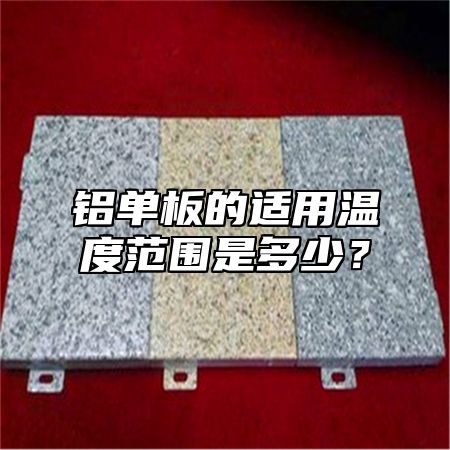
Aluminum veneerIt is a commonly used building material, and its applicable temperature range is one of the important factors affecting its service life and safety. Below, we will provide a detailed introduction to the applicable temperature range and implementation methods of aluminum veneer.
1、 Applicable temperature range of aluminum veneer
The applicable temperature range of aluminum veneer usually includes the following aspects:
1. Thermal expansion coefficient: The thermal expansion coefficient of aluminum veneer varies at different temperatures, so it is necessary to choose appropriate materials and surface treatment processes according to the actual situation to ensure its stability and safety in high temperature environments.
2. Thermal stress: Aluminum veneers are prone to thermal stress in high-temperature environments, which refers to internal stress caused by temperature changes, leading to deformation or cracking of the aluminum veneer. Corresponding measures need to be taken for control and management.
2、 Implementation method of applicable temperature range for aluminum veneer
In order to improve the applicable temperature range of aluminum veneer, it is necessary to start from the following aspects:
1. Material selection: Choosing aluminum alloy materials with good heat resistance can ensure the applicable temperature range of aluminum veneer. You can also choose different alloy materials according to actual needs, such as high-strength aluminum alloys.
2. Surface treatment process: The surface treatment process of aluminum veneer is also one of the key factors affecting its applicable temperature range. By adopting appropriate surface treatment processes such as anodizing, spraying, etc., its corrosion resistance and hardness can be improved, thereby enhancing its applicable temperature range.
3. Structural design: The structural design of aluminum veneer is also one of the key factors affecting its applicable temperature range. In the design and construction process, it is necessary to choose the thickness and shape of aluminum veneer reasonably, and adopt appropriate support structures to improve its stability and aesthetics. It is also necessary to consider the impact of high temperature environment on aluminum veneer and take corresponding measures for control and management.
The applicable temperature range of aluminum veneer is one of the important factors affecting its service life and safety. In order to improve the applicable temperature range of aluminum veneer, it is necessary to start from material selection, surface treatment process, and structural design, and make reasonable planning and layout according to the actual situation. It is also necessary to consider the requirements of relevant standards and regulations to ensure that the applicable temperature range of aluminum veneer meets the relevant requirements.

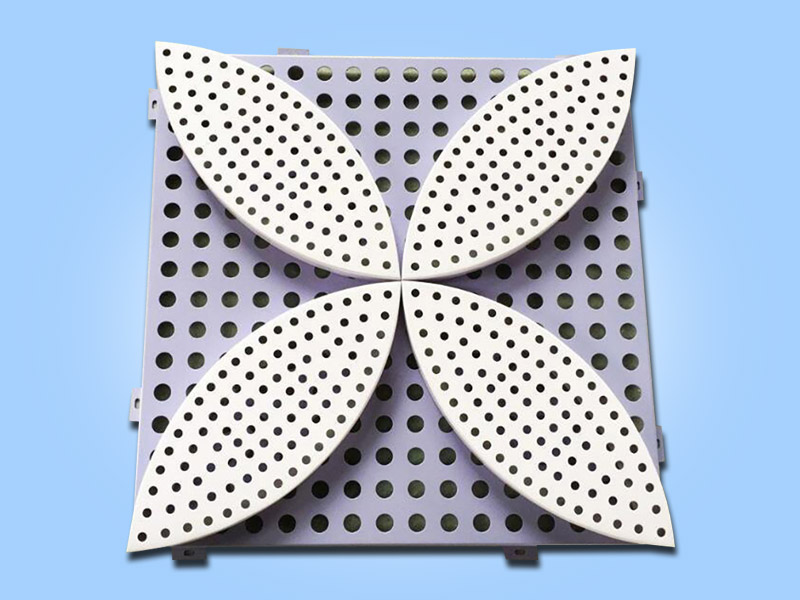
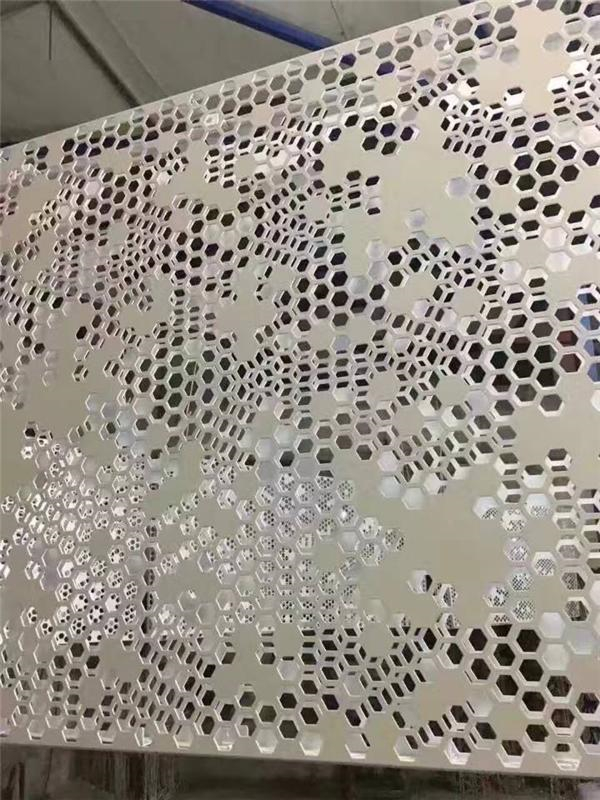
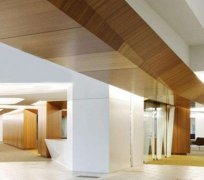

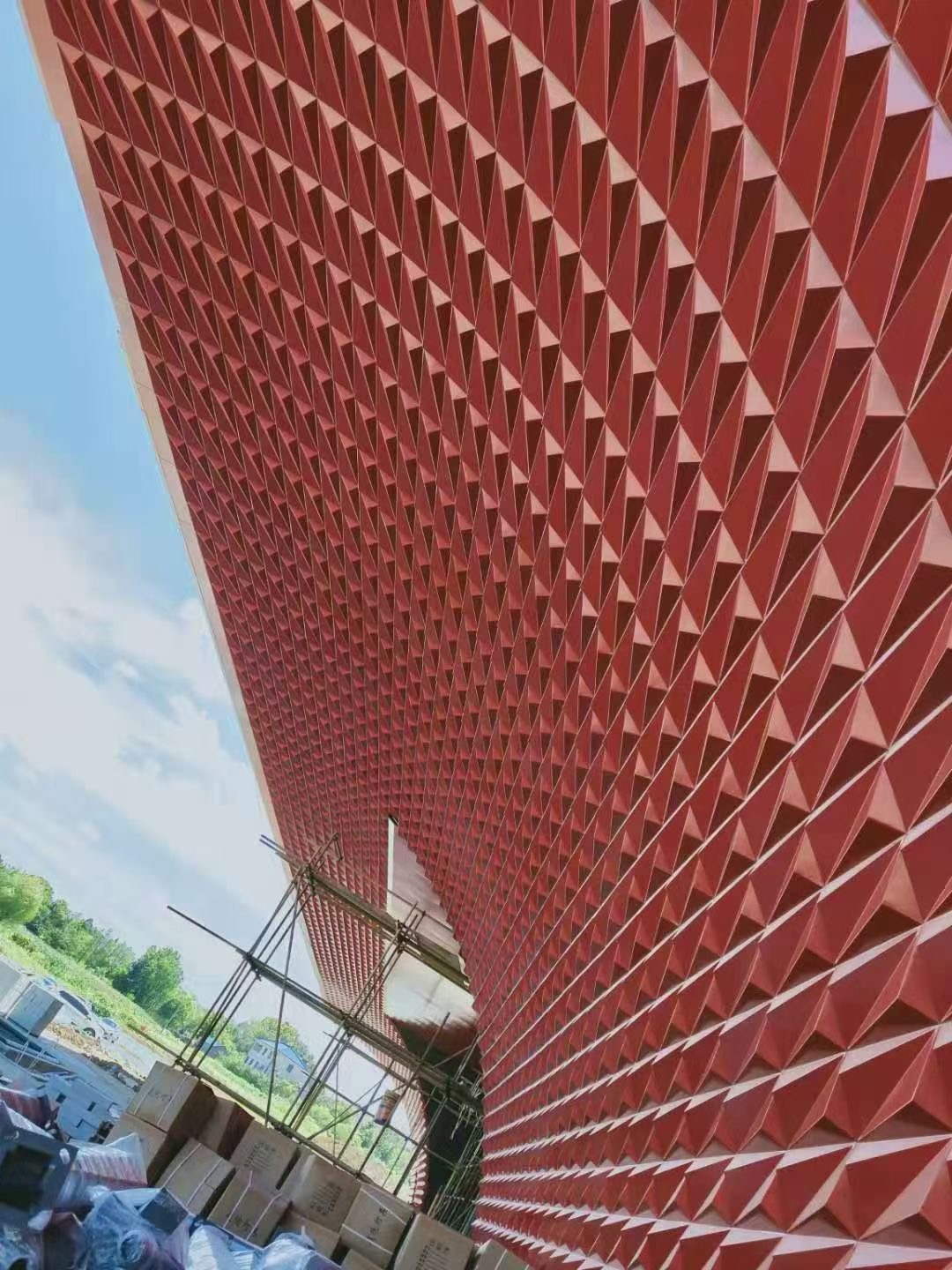
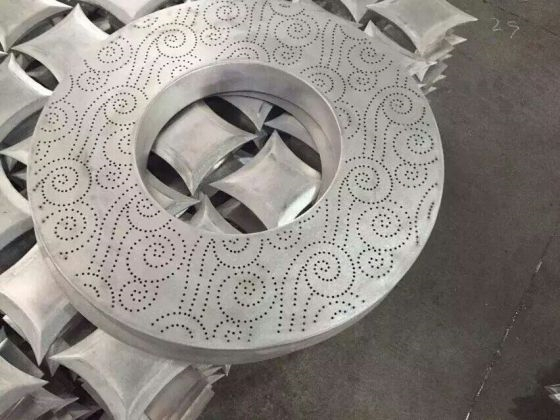
 Customer service QQ
Customer service QQ